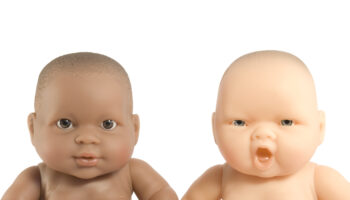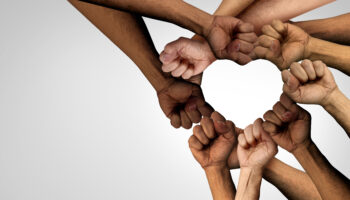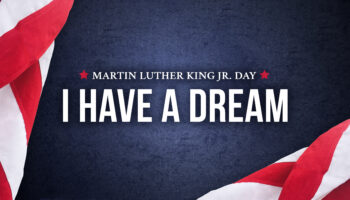Kelli Harris
What does it mean to have diversity in your classroom? High quality early childhood education provides experiences to nurture acceptance of diversity by encouraging children to view others as individuals without preconceived notions. By having diverse materials in the classroom, it gives children the chance to see themselves represented and encourages learning about and accepting diversity. The ERS tools consider the images and materials that children experience as they participate in the program and have an expectation that classrooms include some types of diversity in materials with regard to race, religion, culture, ability, age, or gender.
As assessors, we often see dolls, play food, puppets, and clothing depicting different cultures or races in the dramatic play center. But having diverse materials can mean so much more. Look around your classroom and reflect on how you could you incorporate more diversity.
Having multicultural paints, markers, crayons, and paper in your art center help children see different skin tones. Adding fabrics with patterns on them can depict certain cultures. In blocks, you can add pictures or blueprints of famous buildings and landmarks, such as the Taj Mahal, Golden Gate Bridge, Eiffel Tower, St Louis Arch, Stonehenge, or the Great Wall of China. Do you have different types of vehicles, such as a horse and buggy, wheeled carts, mopeds, or early cars for children to explore?
The music center is another way to incorporate a variety of cultural materials. What types of music do you have for listening? Do you have classical, hip hop, jazz, Afrobeat, Bollywood, Mambo, Reggae, Calypso, Celtic, Flamenco, Polka, or Mariachi, just to name a few? What types of musical instruments do you have? Think about African drums, maracas, tambourines, guiros, ukuleles, in addition to your other instruments. Do you sing songs or teach dance steps from other cultures?
How diverse are your books? Do the books depict people of different races? Do you have books depicting other cultures or languages? Do people in the stories represent different age groups (both younger and older) and display different abilities, such as wearing glasses, or needing a cane, walker, or wheelchair? Do the books represent different types of families, such as children having same sex parents or being raised by grandparents? Do the stories represent both boys and girls doing the same things, for example, both being welders or scientists? Having a wide selection of books allows for all children in your class to be represented in some way.
The dramatic play center is a great way to incorporate diversity. In addition to the materials mentioned above, think about other items you could add to the center- local menus from all types of restaurants, dishes and utensils, such as chopsticks, a tea set, or bamboo steamer, and clothing, such as a kimono, sari, poncho, kilt, or cowboy boots. Think of all the hat types alone- sombrero, beret, cowboy hat, kufi, top hats. The possibilities are endless!
What about games and fine motor materials? Depending on the age of the group, Mancala, Chess, Uno, Chutes and Ladders, Dominoes, Chinese Checkers or Parcheesi may be appropriate for your classroom. How about puzzles depicting different people, places, or food?
Do you or have you considered serving food from different cultures? Rice and beans, tacos, lo mein, egg rolls, pasta, and pierogies are all easy ways to incorporate different foods into your menu. Starting a conversation about what they are eating is a great way to introduce new vocabulary words to the children as well.
What are some other ways you can show diversity in your classroom? Think about the displayed materials. Consider labeling materials in languages other than English. Do you have individual pictures representing all types of people (ex. younger and older, wearing non-traditional clothing, showing different abilities)? You could teach children basic sign language. Have a board at the entrance to your classroom that depicts different words to say Hello or Good Morning. Do you have rugs or furnishings that depict other cultures through textures and design? Try adding bamboo rugs, folding screens, silk curtains, woven baskets, or a small ottoman or pouf. Are you exposing children to not only the holidays that they celebrate, but others celebrated around the world, such as Christmas, Hanukkah, Ramadan, Easter, Kwanzaa, and Diwali? Celebrating different holidays is also a great way to get families involved in your program as well.
Early Childhood Environment Rating Scale®, Third Edition | Environment Rating Scales® (unc.edu)
https://www.allthemusicalinstrumentsoftheworld.com/




